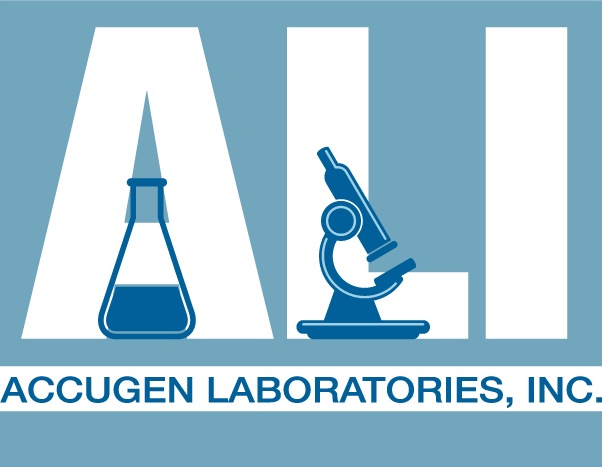AATCC 100 Antimicrobial Test Method For Textile / Fabrics
Assessment Of Antimicrobial Finishes On Textile Materials
Purpose of AATCC 100 Antimicrobial Test
Antimicrobial agents are added to textiles to provide protection against microorganisms. Antimicrobial incorporated textiles prevent infections by harmful microorganism.
Purpose of AATCC 100 test is to evaluate the antibacterial activity of antimicrobial finishes on textile materials .
AATCC 100 test method is carried to check the antimicrobial efficacy of Antimicrobial agents whether incorporated into the threads of the fabric or applied to the surface of the textiles.
AATCC 100 test method is carried to check the antimicrobial efficacy of the fabric whether the textile is washed or Not washed.
Accugen laboratories test the fabrics prior washing as well as after washing of the fabric to evaluate the persistence of the antimicrobial efficacy of the textile.
AATCC 100 Test Method
AATCC 100 antimicrobial standard test method is used to quantitatively test the antimicrobial activity of the textiles/ fabrics over the contact period of 24 hours against Staphylococcus aureus and Klebsiella pneumonia.
E.coli is another common test organism. Additional test organism like MRSA, Pseudomonas aeruginosa, Vancomycin resistant enterococci (VRE), Salmonella etc can be tested.
Microbial culture is prepared in growth enrichment broth for 24 hours of incubation to obtain high concentration of the test organisms.
High counts of Test organism is inoculated onto the antimicrobial test fabric swatches and untreated control fabric swatches.
Bacteria counts on the fabrics are monitored at the initial stage i.e. 0 hour by standard microbiological microorganisms monitoring techniques.
Organism inoculated fabrics are then incubated for 24 hours under favorable conditions of nutrients and temperature. Bacteria will multiply and will increase in number if fabric is not antimicrobial. Untreated control used in the test will assure the increase in microbial growth. Surviving microbial counts are then monitored after neutralization and extraction and percent reduction is calculated by using initial count and surviving count data.
Test Organisms according to AATCC 100 Antimicrobial Test Standard
Staphylococcus aureus and Klebsiella pneumoniae
Sample Requirements For AATCC 100 Test
Samples Size: 48 x 48 mm squares ( 1.9 plus minus 0.03 inches) or
48 x 48 mm(( 1.9 plus minus 0.03 inches) diameter circles
Or Sheets can be submitted.
Untreated sample: 48 x 48 mm squares or 48 x 48 diameter circles Or Sheets can be submitted.
Turn Around Time For AATCC 100 Antimicrobial Test
Eight to ten working days are required if commonly used organisms like the one described in AATCC 100 test standards are tested.
Scope of AATCC 100 Antimicrobial Test Method
- AATCC 100 antimicrobial test method provides a quantitative
evaluation of the antimicrobial activity of the test material.
It determines both bacteriostatic
activity (inhibition of multiplication) as well as bactericidal activity (killing of bacteria) of the antimicrobial test agent.
- AATCC antimicrobial test is more stringent tests since during incubation period, microorganisms are provided continuous nutrition and
microorganisms will multiply unless textile provide significant antimicrobial activity to reduce the number of test microorganisms.













